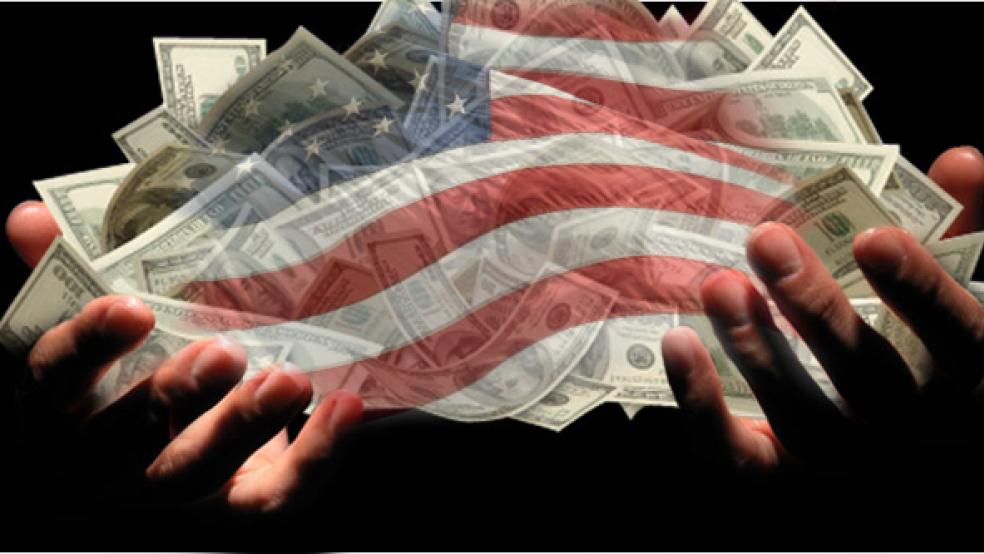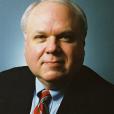Most economists reading the title of this article probably think I am an idiot. Easier money is what causes low interest rates and bringing down the rate of interest is the principal means by which the Federal Reserve eases monetary policy. So saying we need higher interest rates and easier money appears to be a contradiction in terms.
However, there is method to my madness. First, let me explain some of the reasons why we need higher interest rates.
1. Interest on savings is an important element of personal income. As rates have come down, the income of millions of Americans has fallen. It also reduces the incentive to save for retirement, the down payment on a house and other desirable purposes. As I noted in an earlier column, if people were still receiving as much interest income as a share of their total income as they did in 2008, they would have $450 billion more per year to spend.
2. Low interest rates exacerbate the problems of defined benefit pension plans. They are required to discount their liabilities by the rate of interest rate. When rates fall, their liabilities go up because it raises the present value of future pension payments. Low rates also increase the incentive of pension fund managers to take on excessive risk in order to raise their rate of return. It would be much better if they had a risk-free form of investment, such as Treasury securities, in which they could invest and receive an adequate return.
3. Low interest rates and the perception that they will continue indefinitely, which the Fed has said it will do, discourages home buying. This may sound nonsensical, but it has been my experience as a buyer and seller of real estate that potential buyers are often motivated more by a fear that rates will rise than that prices will rise. I think the expectation of higher interest rates would force many potential home buyers off the fence and into the market.
4. Low interest rates keep energy and commodity prices high. This follows from the work of a famous economist named Harold Hotelling. If rates are high, miners and drillers will bring more out of the ground in order to invest the proceeds. But if rates are low, the opportunity cost of keeping oil in the ground is also low and so there is less incentive to bring it to market. Low interest rates have the same effect on other commodities by reducing the opportunity cost of holding stocks off the market in the hope of higher prices. If the expected increase in prices exceeds the rate of interest it is always in the interest of commodity owners to hold on to what they have.
5. The economist Joseph Stiglitz argues that low interest rates increase unemployment because businesses can cheaply invest in automation and labor-saving equipment. “Persistent low interest rates encourage firms…to use capital-intensive technologies, such as replacing low-skilled checkout clerks with machines,” he recently wrote.
6. Many economists believe that holding interest rates below their natural level invites malinvestment, that which would be uneconomical if rates were at normal levels. It is difficult to say what the natural rate of interest would be in the current environment, but Treasury securities appear to be at least 200 basis points (2 percentage points) below their historical levels across the board.
7. Low interest rates discourage banks from lending. Banks are presently sitting on $1.5 trillion of excess reserves that could be loaned immediately. One reason they don’t lend is because the Fed pays them interest on these reserves – a policy that began, perhaps not coincidentally, just at the beginning of the financial crisis. Although the rate is low – just 25 basis points, one-quarter of a percentage point – this is actually considerably more than banks can earn on all Treasury securities with maturities of less than 2 years, and not much below those on maturities up to 5 years.
The problem with having the Fed simply raise interest rates is that it typically does so by pulling money out of the economy. It sells securities from its portfolio and takes the money received out of circulation. This would reduce aggregate demand, put downward pressure on prices, and exacerbate the economic crisis.
So how is it possible to raise interest rates without tightening monetary policy? The answer is surprisingly simple – raise inflationary expectations. According to economic theory, lenders are mainly concerned about the real rate of interest – the market rate minus the expected rate of inflation over the life of a loan. If expectations of inflation rise, then interest rates should rise by the same rate.
Thus, if the interest rate would be 3 percent in a zero inflation environment and lenders come to believe that inflation will be 2 percent, then the market interest rate they will charge on loans should rise to 5 percent so that they will still get the same 3 percent rate after inflation.
The Fed can raise inflationary expectations just by saying that it intends to allow inflation to rise. If markets believe the Fed means it, they will react accordingly because they know that the Fed is the principal cause of inflation.
There are two main problems with instituting this simple policy change. First, there is very fierce resistance to higher inflation among members of the Federal Open Market Committee, the Fed’s policymaking arm. They will make it as difficult as possible for the Fed to explicitly raise its inflation target and sow as much doubt as possible in financial markets that it really means it, which will frustrate the goal of the policy.
Second, some economists have serious doubt as to whether the Fed is capable of raising inflation under current economic conditions even if it wants to. As we have seen over the last several years, even massive, unprecedented increases in the money supply have had no effect on inflation; indeed it has actually fallen. However, Federal Reserve Chairman Ben Bernanke has repeatedly dismissed this argument, saying the Fed has plenty of ammunition left.
In a future column I plan to explain why fears of future inflation are misplaced and why the risk of doing what I have suggested here is very small – well less than a policy of doing nothing and allowing our economic problems to fester.






